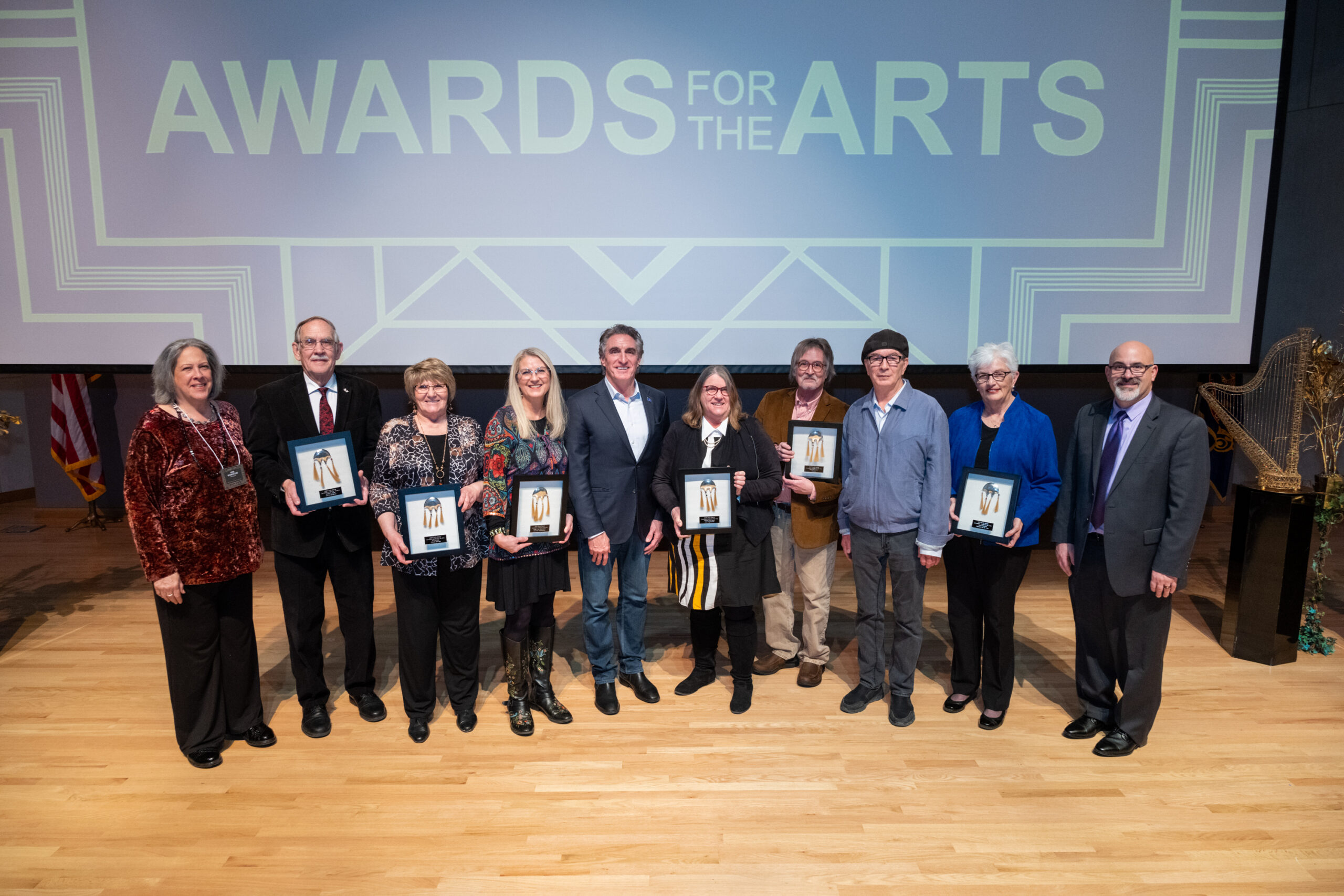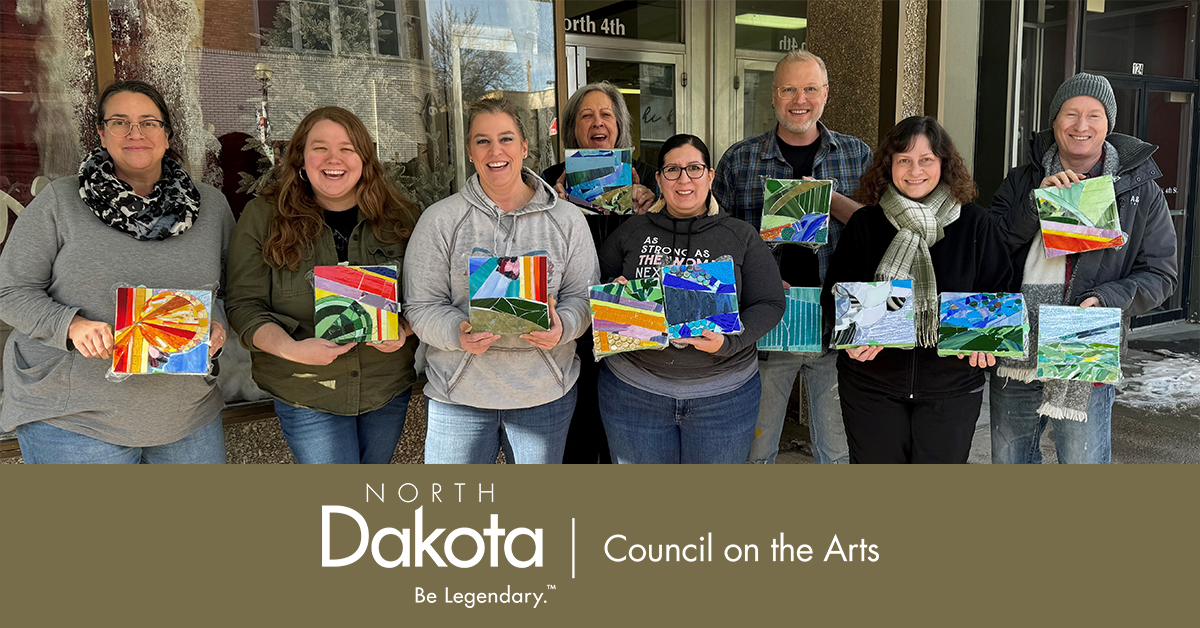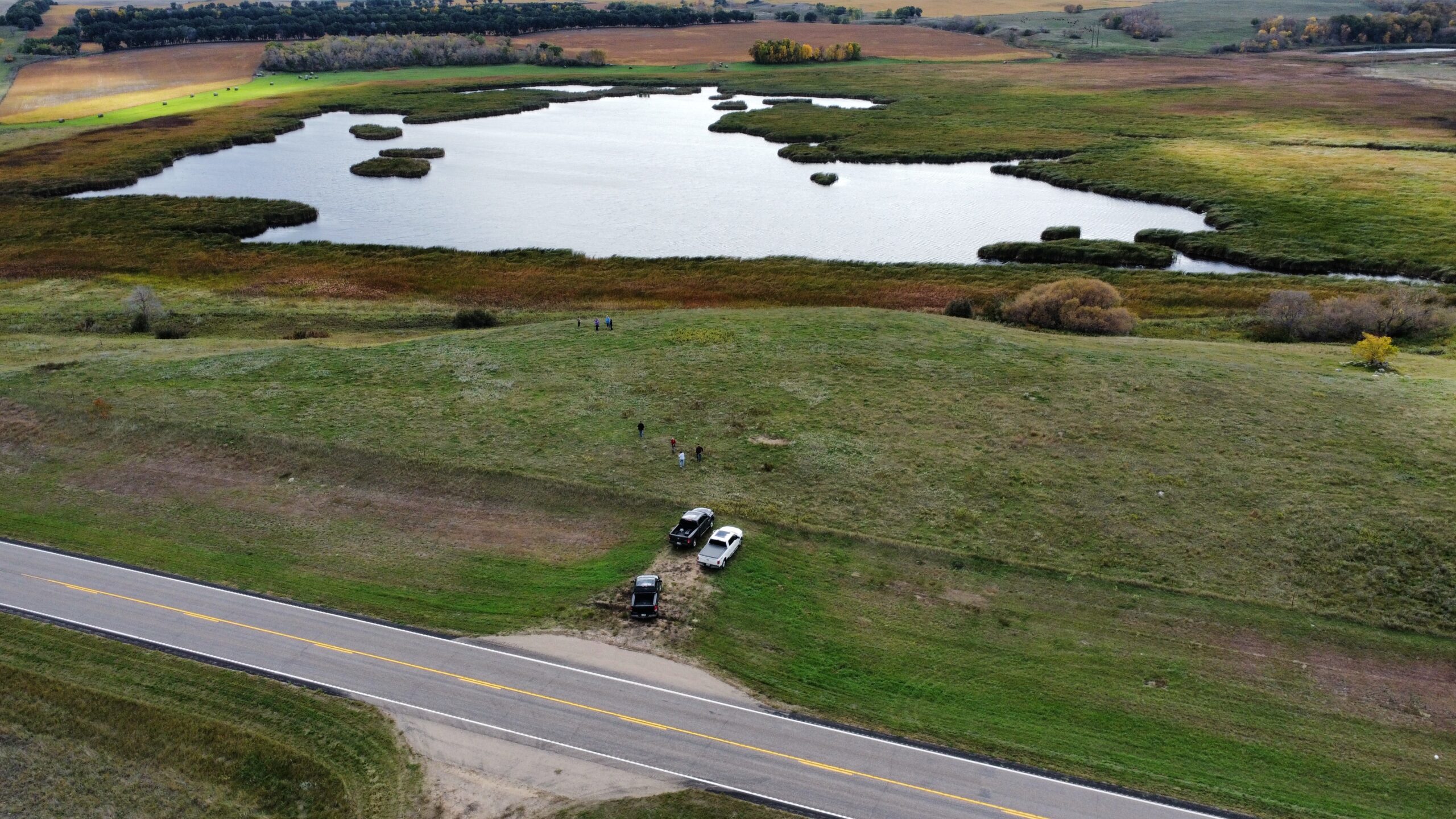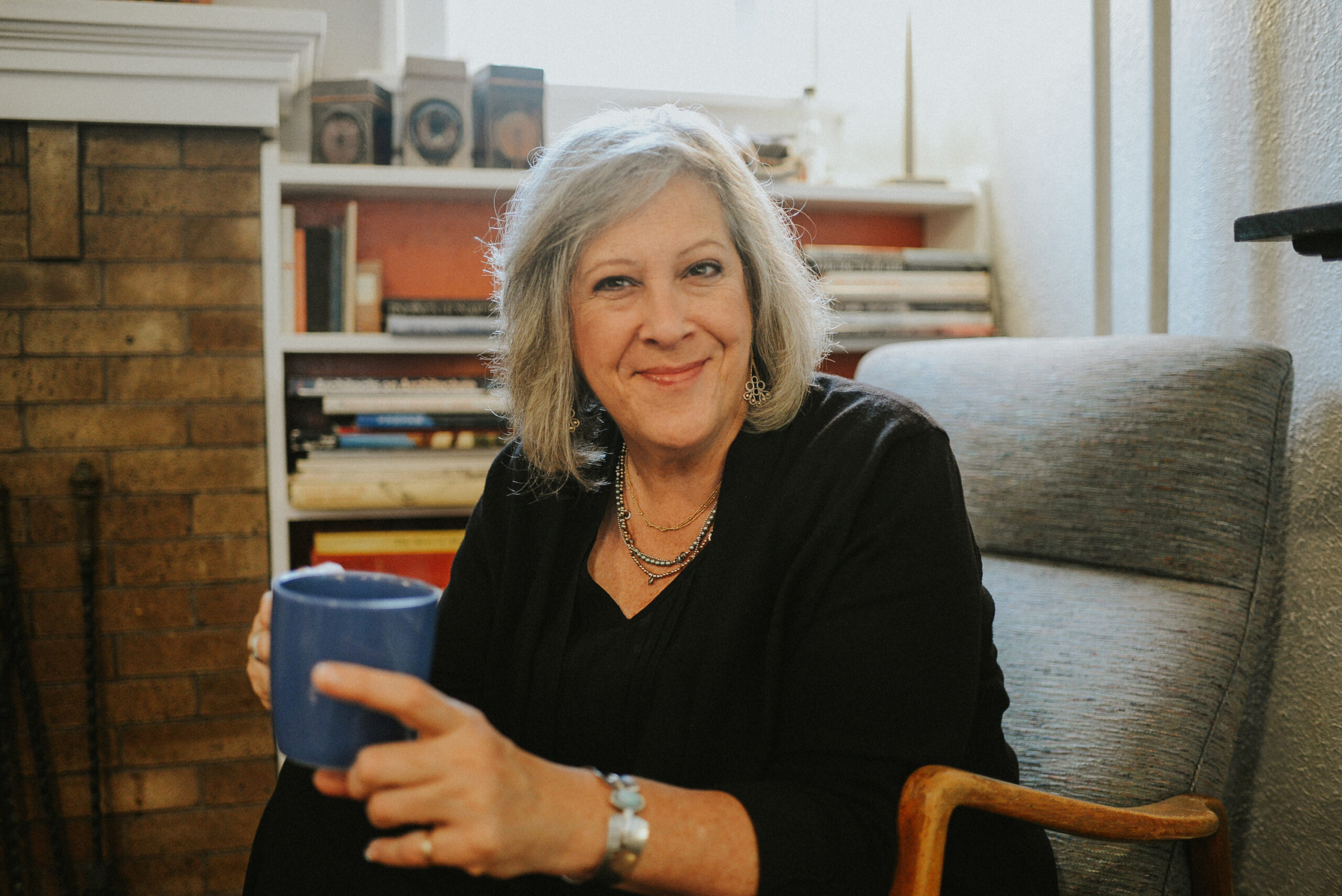Kim Konikow bids farewell to her role as Executive Director of North Dakota Council on the Arts (NDCA) in summer 2024. Since assuming this position in 2018, Konikow has been a driving force behind innovative initiatives aimed at fostering artistic growth and community enrichment throughout the state.
We spoke to Kim about her journey to North Dakota, the state’s evolving creative landscape, and the many miles she’s logged over the years.
Can you describe the work of the North Dakota Council on the Arts?
North Dakota Council on the Arts (NDCA) is a state arts council funded primarily by the National Endowment for the Arts and the North Dakota State Legislature. We support arts organizations and artists through grant programs, offer professional development, arts education, traditional arts programming, and initiatives such as Arts Across the Prairie.

Your career has taken you around the country. What did your path look like to North Dakota look like?
I love the arts. I was surrounded by it growing up. My dad, even though he was a dentist by day, was the Chamber Music Society of Detroit director for over 40 years. My mom worked at the Detroit Institute of Arts.
I feel like all the things that I’ve done in my career led me to this position. I have a degree in directing and arts administration. I developed my skills at Brooklyn Academy of Music, Minnesota Dance Alliance, and Dance/USA. I did some artist management for several years when I was getting out of grad school. And I even had a little bit of local and regional government experience in southern Utah while I was working at an artist residency center.
I had one year in a job where I was not involved in the arts, when I worked for a catering company, but even then, we hired artists, and we did arts events. I just couldn’t escape it.
Clearly, I ended up in arts management, but I do think it’s an artistic skill. I think it’s about moving people from where they’re at to the next level and helping them achieve their goals. I feel like that fits in well with what we do at North Dakota Council on the Arts. By bringing people together, arts and culture have an opportunity to grow.

When did you start as executive director?
I started here six-and-a-half years ago. My first day of work was January 12, 2018. A friend and I drove from Southern Utah to here. There’s a great photo of me leaping in front of the “Welcome to North Dakota” sign on the border.
It was a very interesting first day. We had a board meeting taking place. It was frigid, and the snow was deep. I remember thinking, “Wow. What am I doing?”
What do you want people to know about the creative landscape in North Dakota?
It’s a big state and there are not a lot of people here. There are six “major cities” with Fargo being the biggest of them all. Then everything else is just much smaller and much more rural. There’s a lot going on, but it’s sometimes happening in small ways.
When I first came here, I had an idea of what professional arts work looked like. Over time, that definition has shifted.
Some of the strongest work taking place here is based on cultural heritage and traditions. There’s a lot of people here who don’t want to use the word “artist” to describe what they do, because it’s not something they do full time or are earning a living at. I think that’s true in many places across the country, but it seems particularly obvious here in North Dakota.
Kim Konikow“We need to make sure that arts and culture have a place at the planning table, and that we don’t wait to be invited.”
What’s changed since you joined the Arts Council?
Our budget has doubled since I came in. The growth in that funding has allowed us to become more than just a grant maker. We’ve been able to expand the staff, we’ve been able to increase programs, which means we’ve been able to offer more to our communities. We’ve also done a lot of work to capture our return on investment – we participated in the Americans for the Arts “Arts and Economic Prosperity” study for the first time since 2016.
I’m also very proud of the progress we’ve made towards greater accessibility. We formed a committee called REACH (Responsivity, Equity, Accessibility, Community and Humanity) to think how we approach our work, and we’ve noticed far more applications and grantees from diverse communities.
We’ve created an amazing new fellowship in partnership with Sacred Pipe Resource Center, where we’re focusing on professional development for Indigenous artists. And we’ve started a new program that offers organizations small grants to assist with accessibility accommodations.

What projects are you the proudest of?
Probably Arts Across the Prairie, which is came to me in the middle of the night in 2019. It’s a first-of-its-kind, statewide, public art program that will create eight large-scale public works that reflect the unique history, landscape, and cultural heritage of each of North Dakota’s regions.
I was wondering, what would bring people together? And it felt like one way to do this was to create art, which is not something that state arts agencies usually do. We don’t usually make things; we help other people make things.
We’ve raised private dollars. We’ve gotten a legislative commitment specifically toward the maintenance of the pieces, which is a huge deal, so they won’t fall into disrepair. The state is working on easements with rural property owners and maintenance agreements on how to manage those pieces. We have selected three artists and are about to select a fourth. We have already selected four artists.
The installations are really in the birthing process right now. It’s very exciting.
Kim Konikow“I feel like I couldn’t stop working if I wanted to. I find that I’m always trying to bring people together to make something happen.”

Looking ahead, what do you see as the most critical opportunities for the arts and creativity in North Dakota?
I think being open to building relationships outside of your comfort zone is critical. There are funding and partnership opportunities that I think people just don’t know about, through local banks or Chambers of Commerce or economic development offices.
We need to make sure that arts and culture have a place at the planning table, and that we don’t wait to be invited. You have to inquire and make a case for why you as a citizen first and then an artist or cultural organization are important to that process.
I think it’s also important to build relationships with legislators. They want to hear from the people who they serve. They are people before they’re legislators. So by building relationships with them, maybe you become the person they can talk to about the arts.
Are there personal lessons you’ve learned during your time as an executive director?
It’s better to go out and meet people where they’re at than to stay here in our state capital. Trust me, I’ve done both. I’ve logged a lot of miles in going to the far corners of the state and visiting with people, and that’s been incredibly effective.
Show your passion. Display your passion. Have an open mind and don’t let the bureaucracy get you down.

What’s next for you?
I would like to continue to work with artists and arts organizations, on placemaking and community building through arts and culture. I feel like I couldn’t stop working if I wanted to. I find that I’m always trying to bring people together to make something happen.
The next person to take up the mantle as Executive Director will be Jessica Christy. Born to two artists on the Sanger Art Farm, near Valley City, Jessica received her undergraduate degree from Valley City State University and her MFA from the University of North Dakota in 2011. Since then, she has worked as an artist, educator, and arts administrator, most recently in Chicago. Learn more about Jessica at the North Dakota Council on the Arts website.
